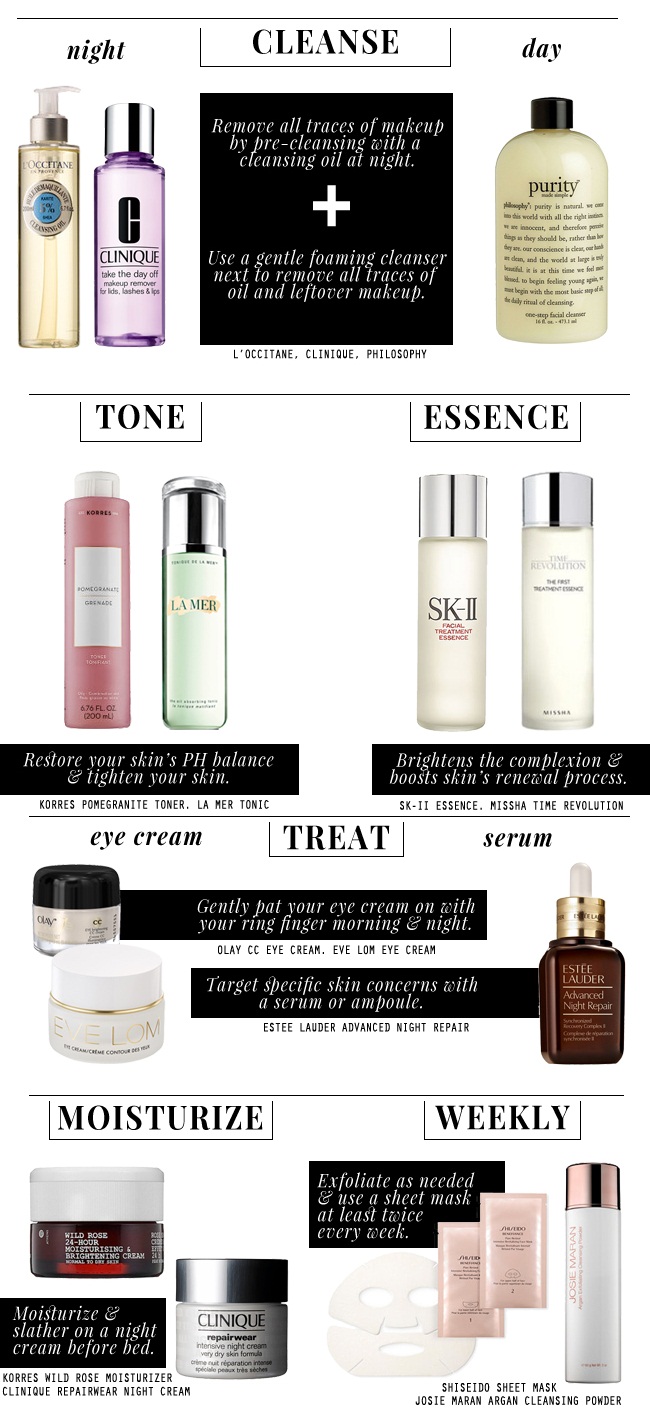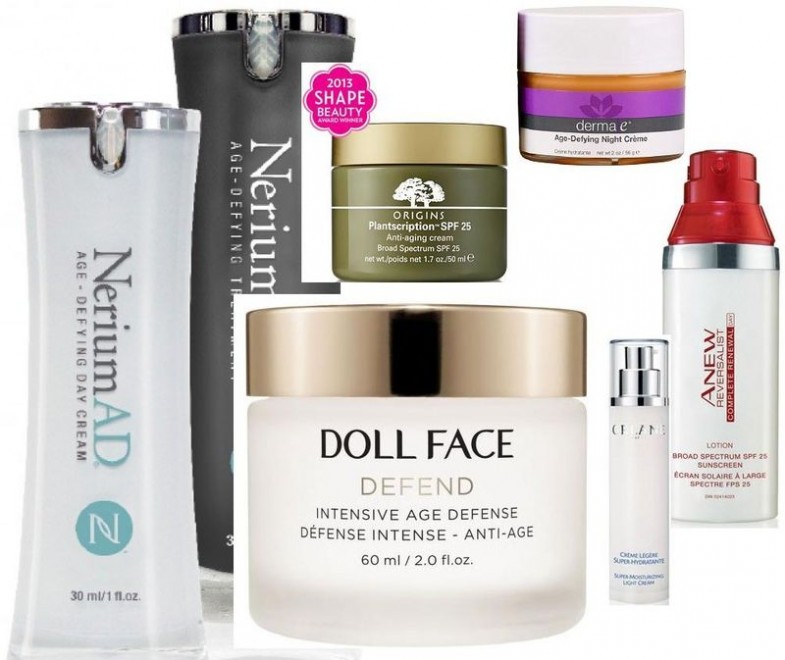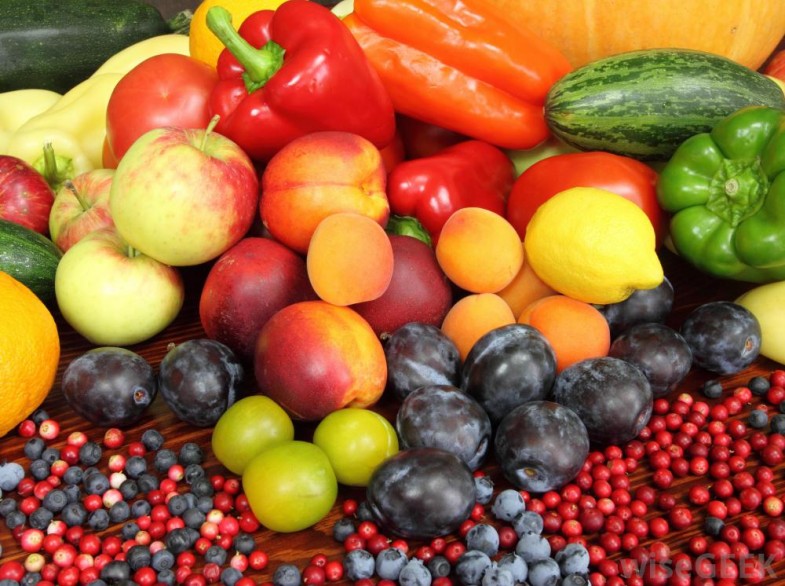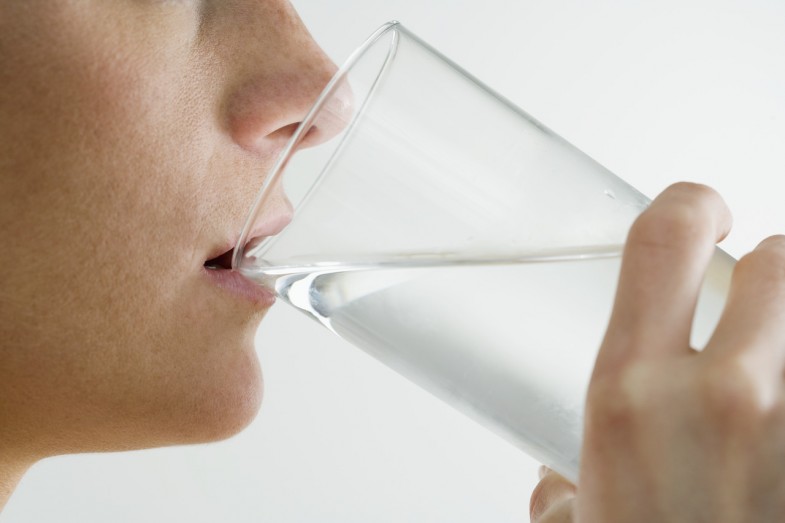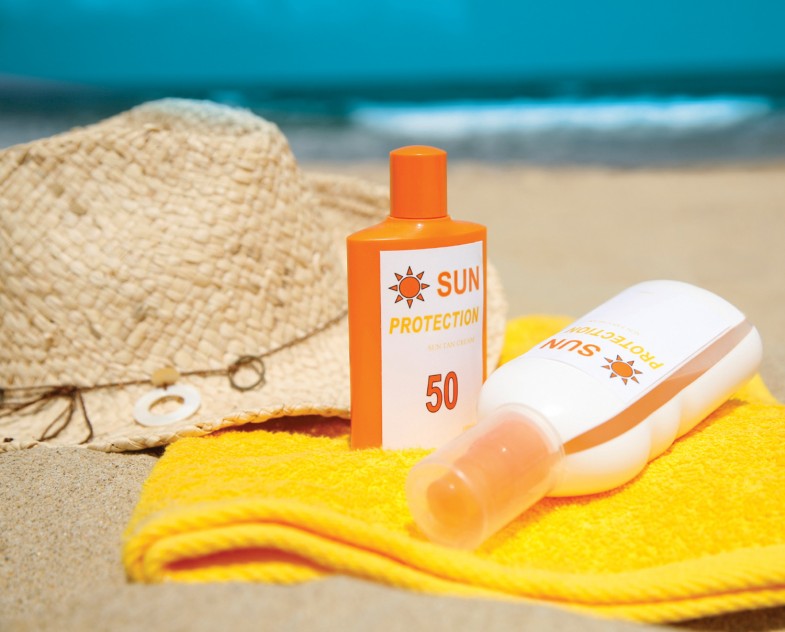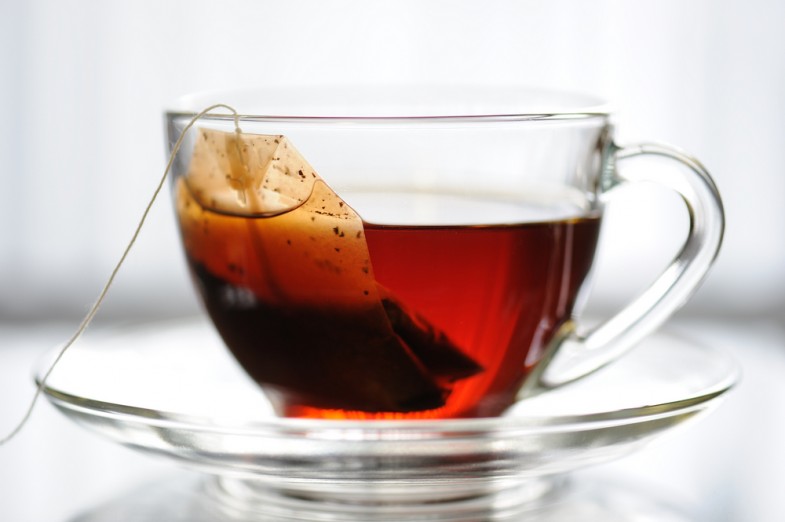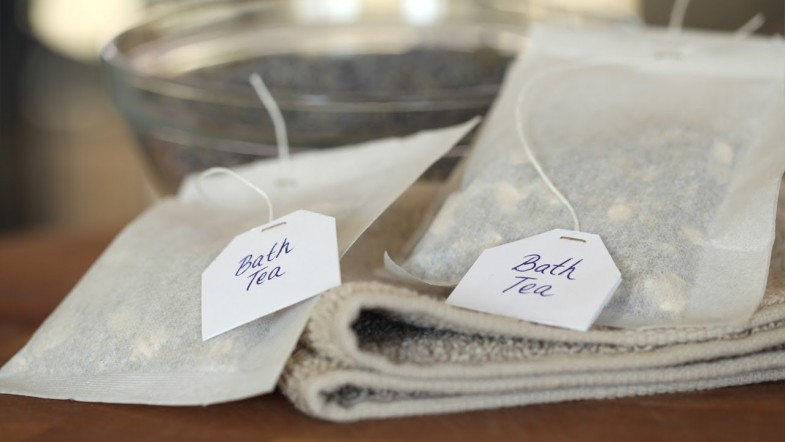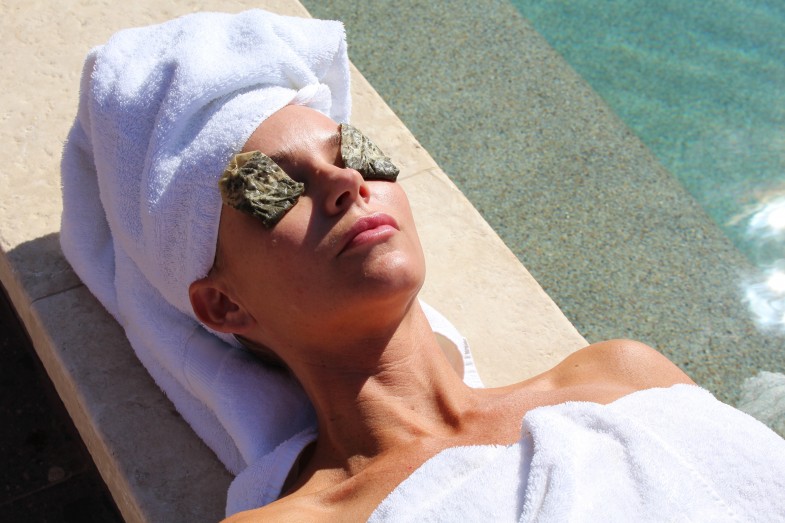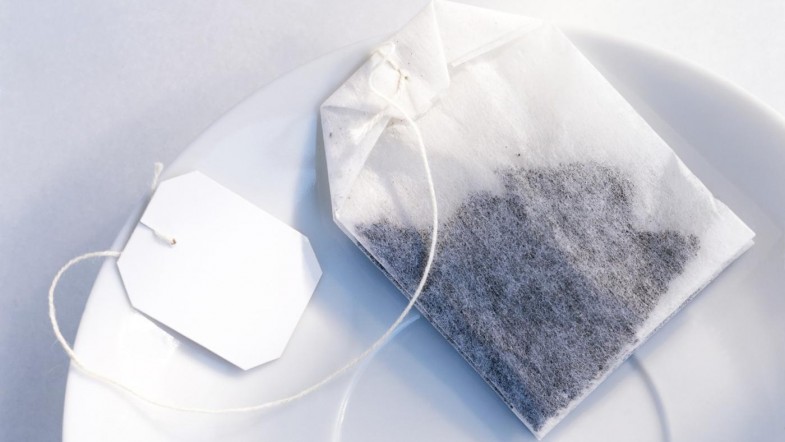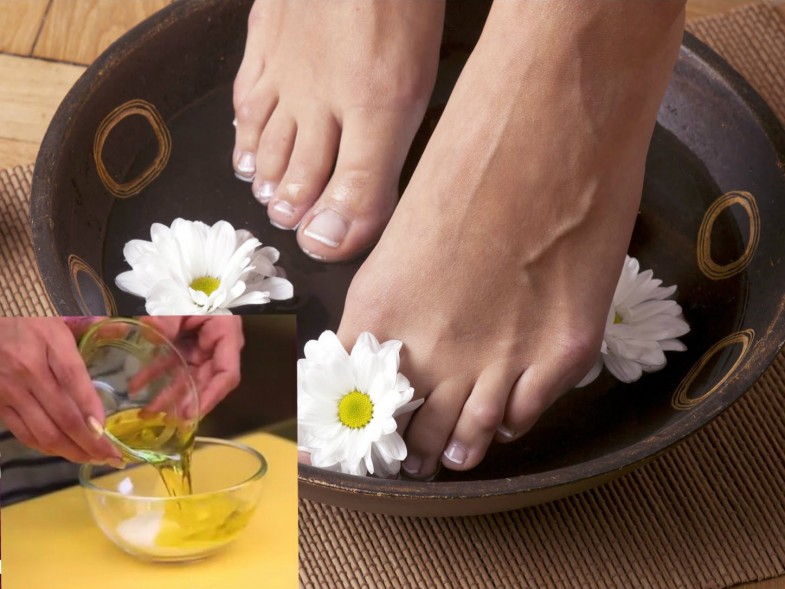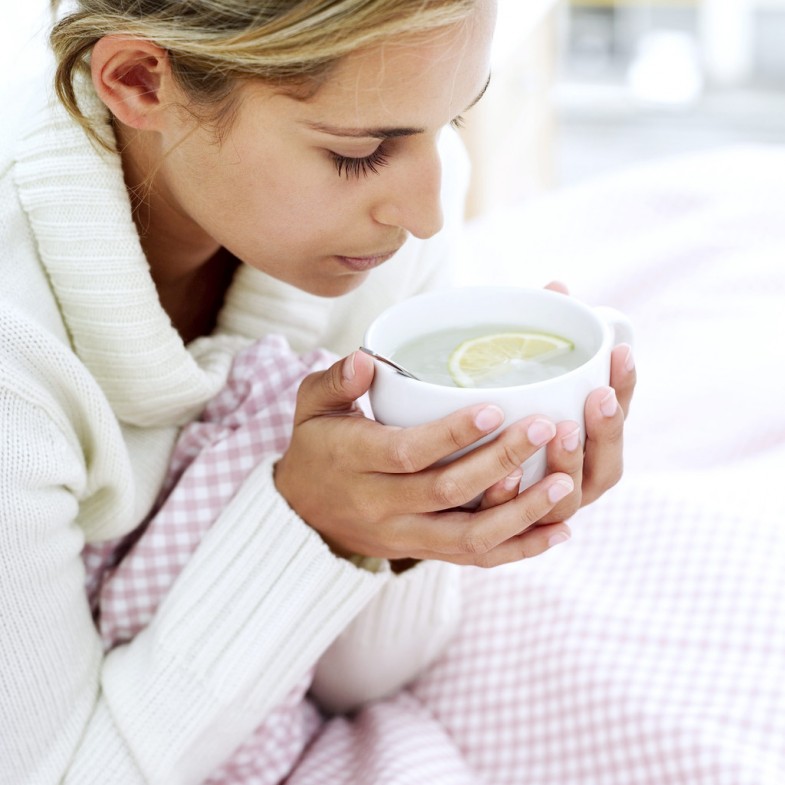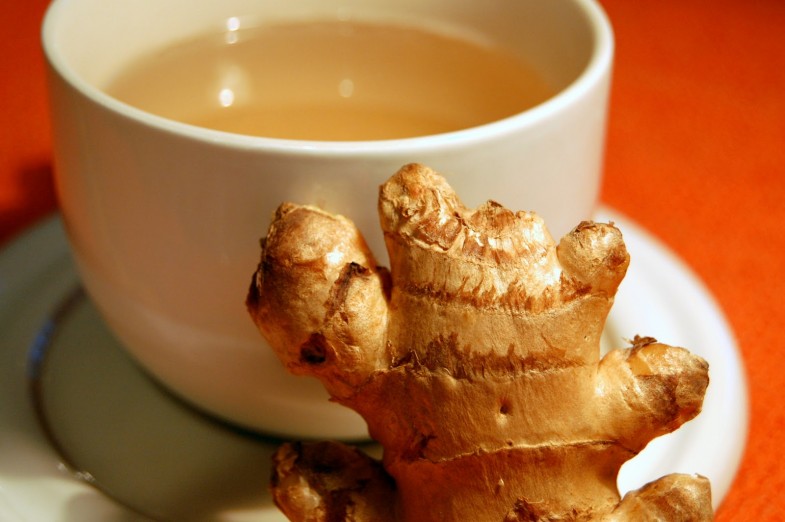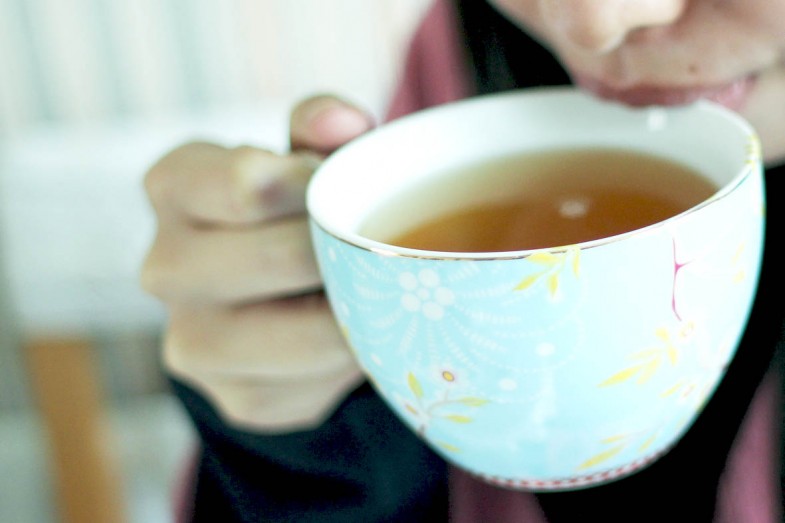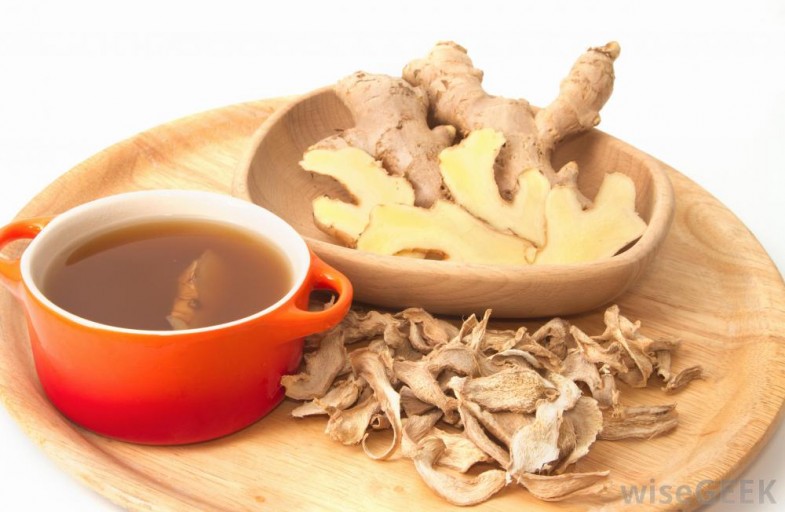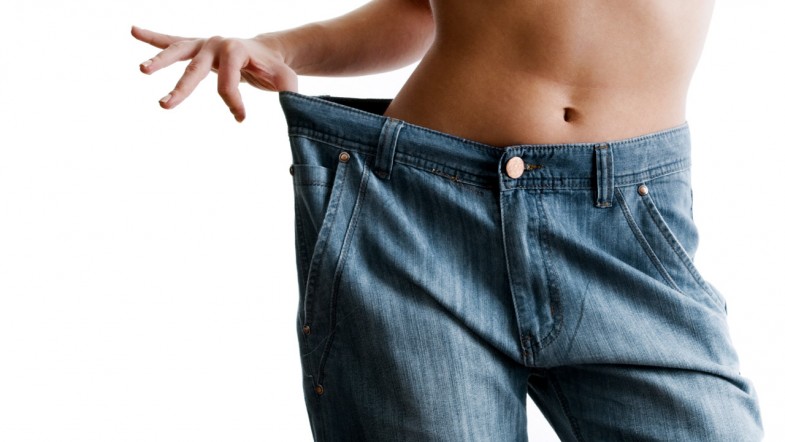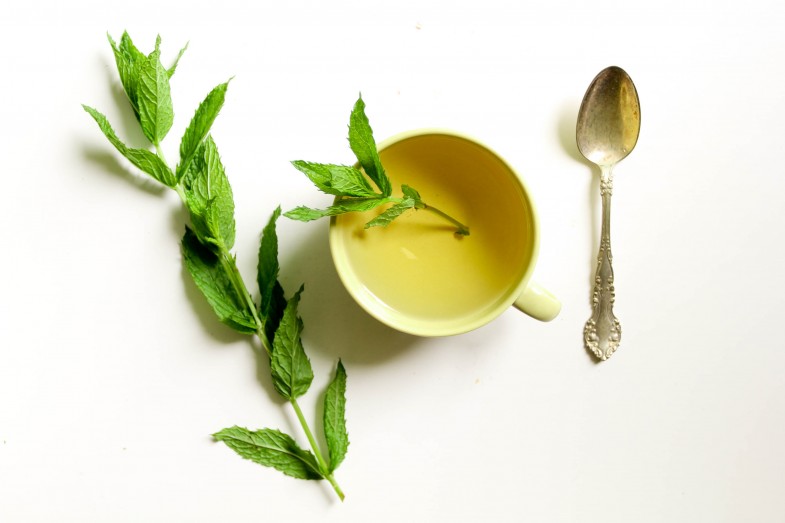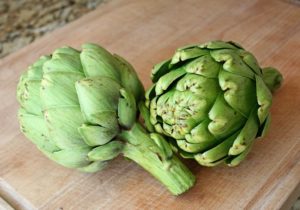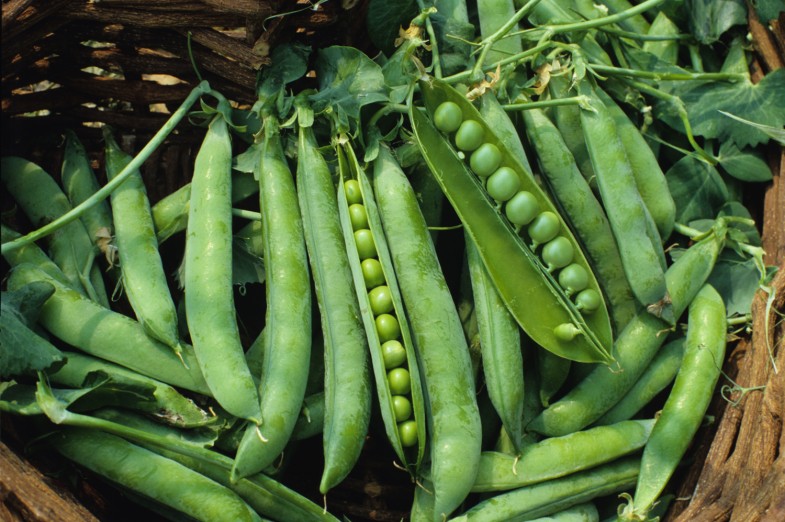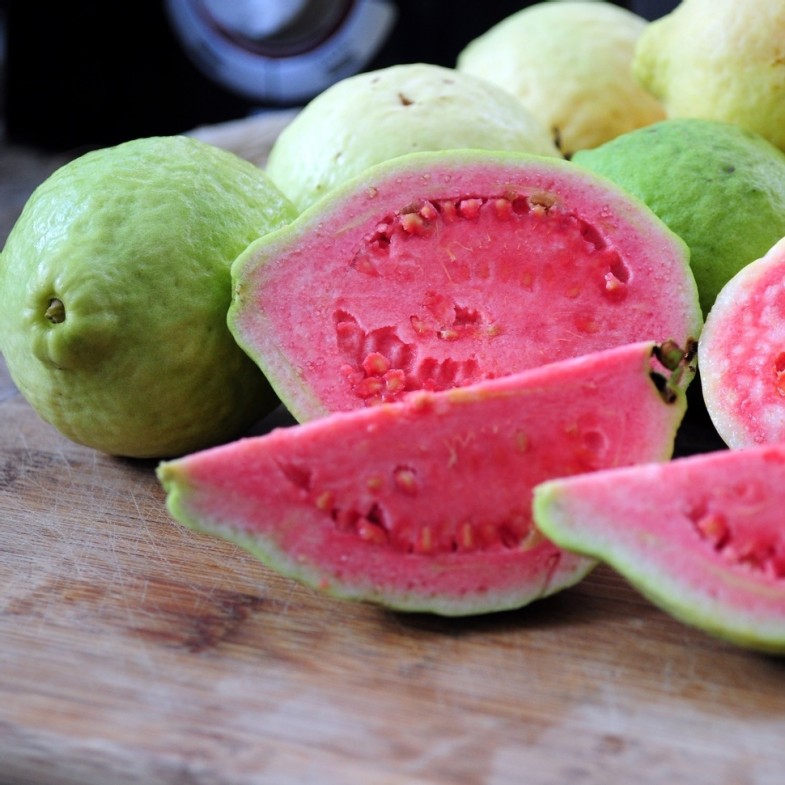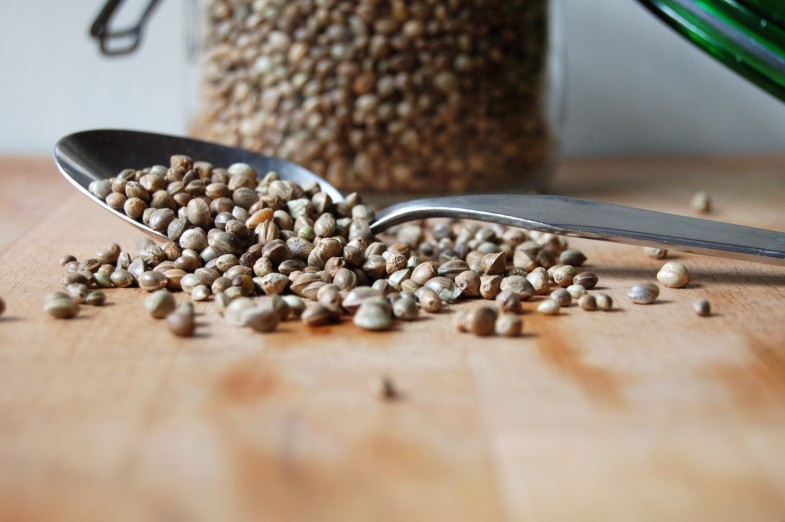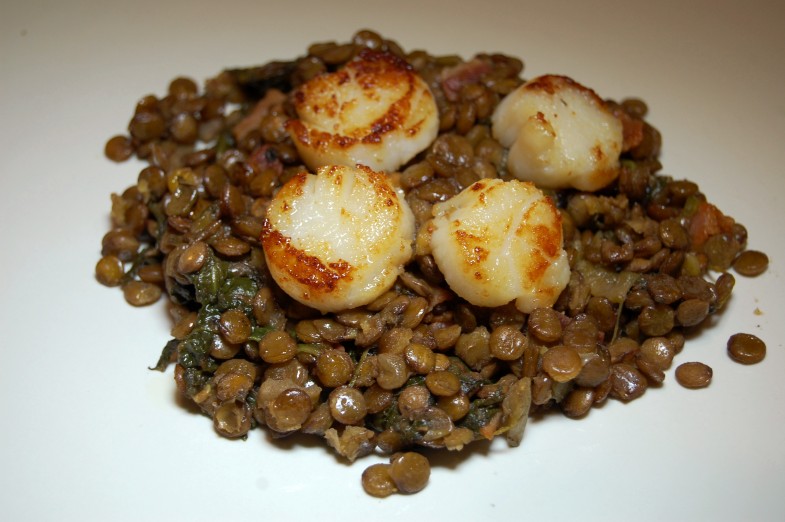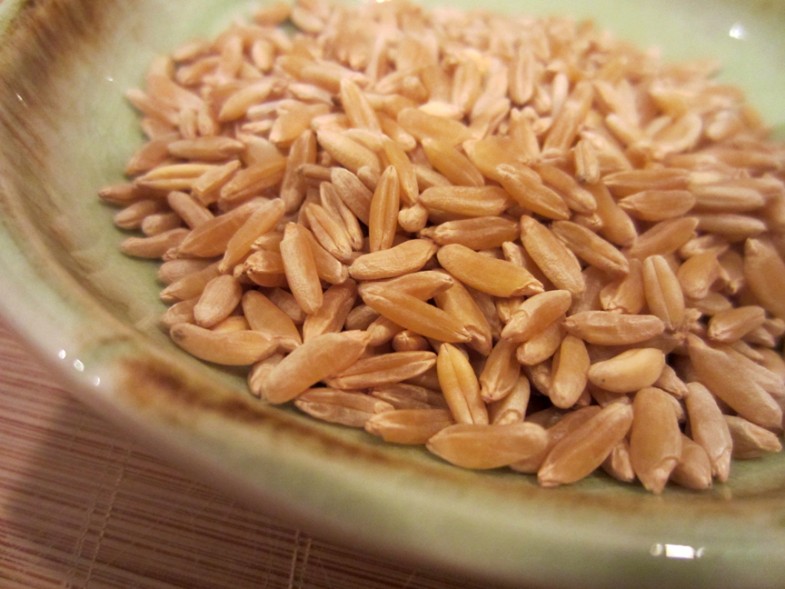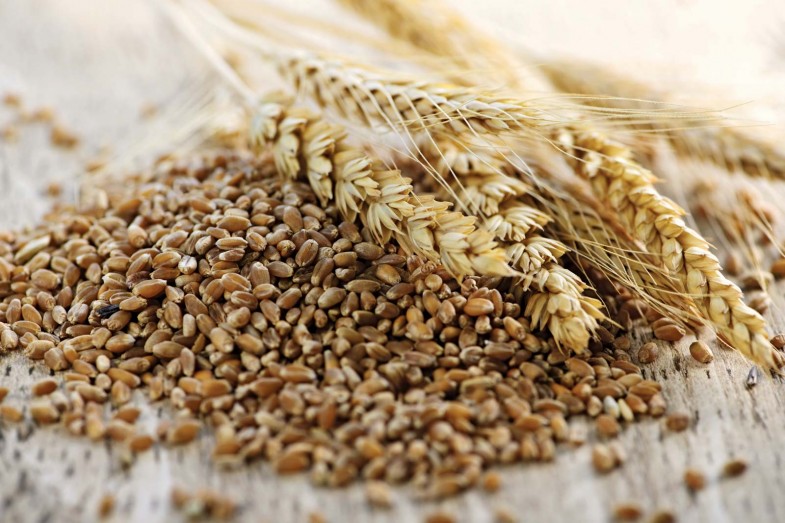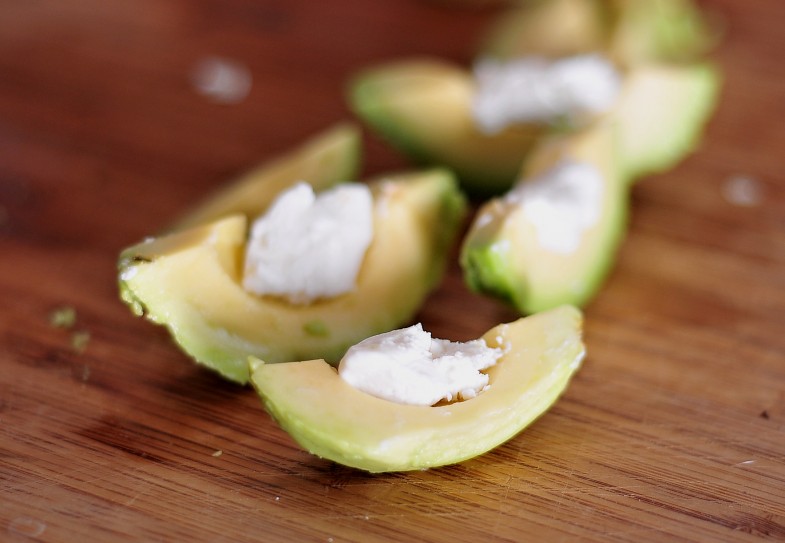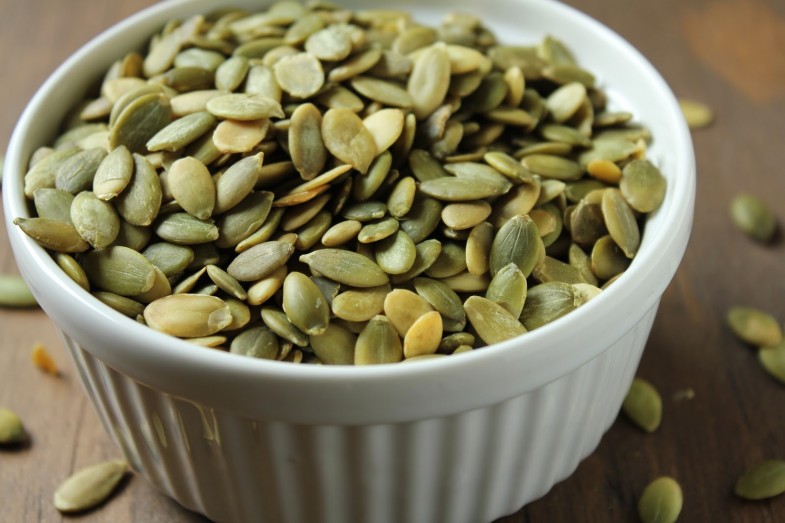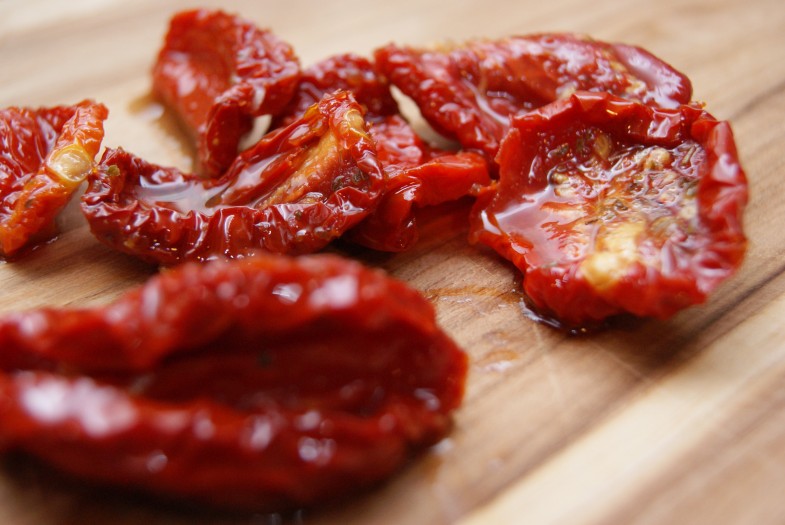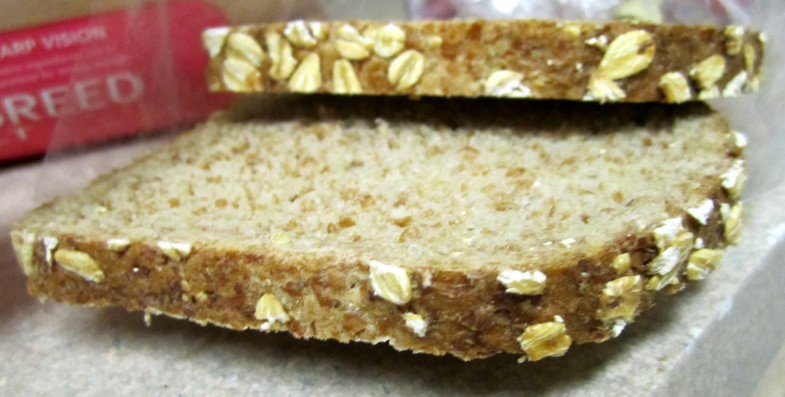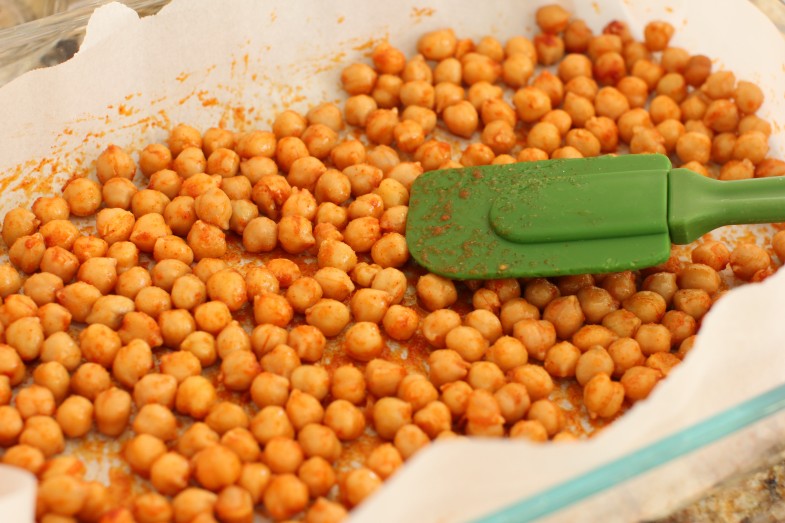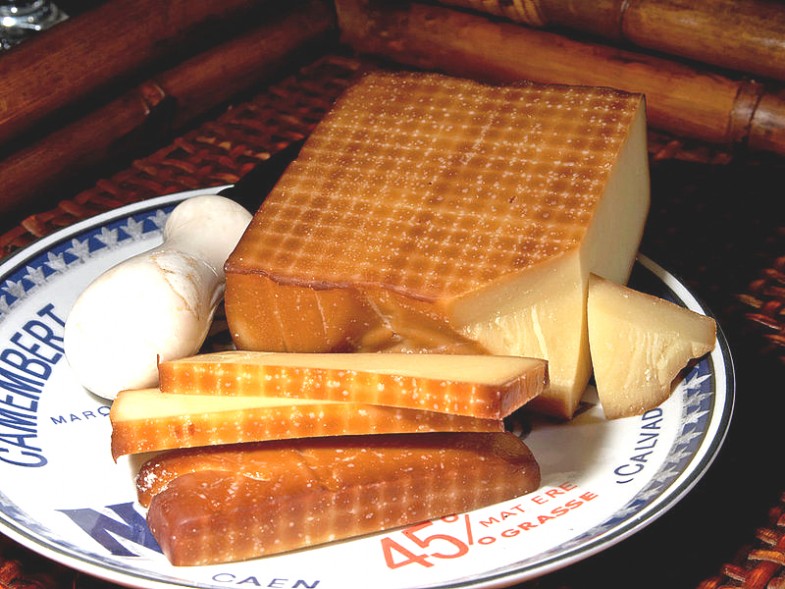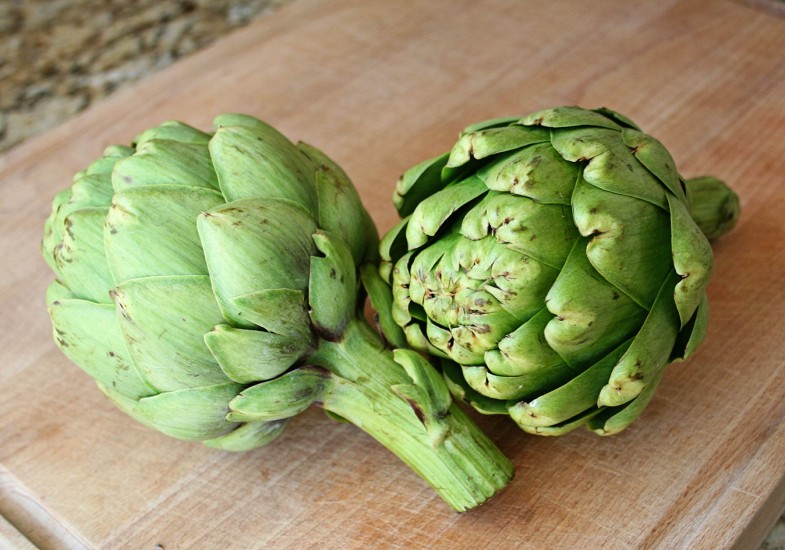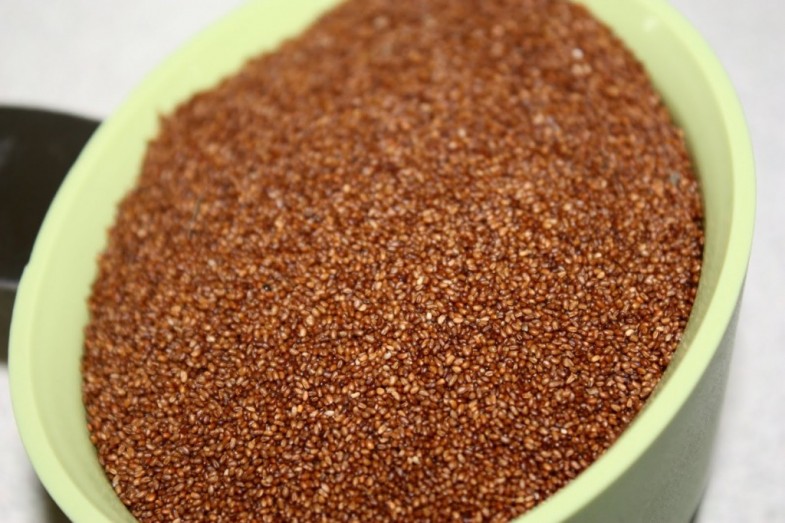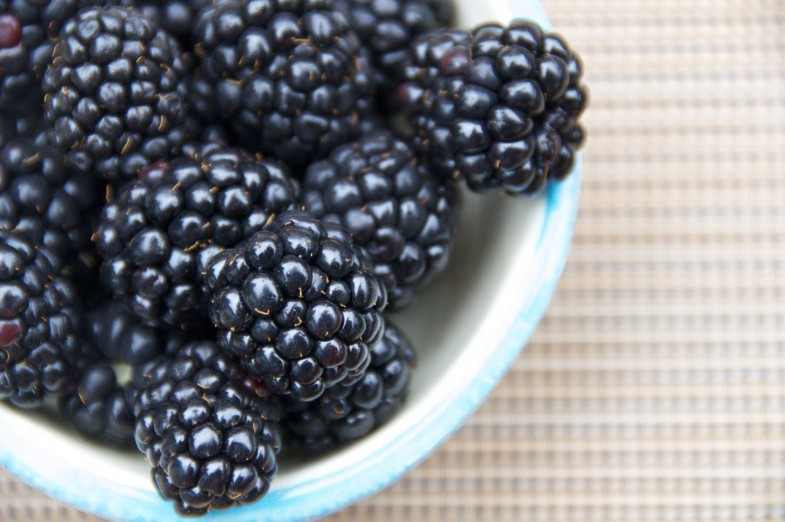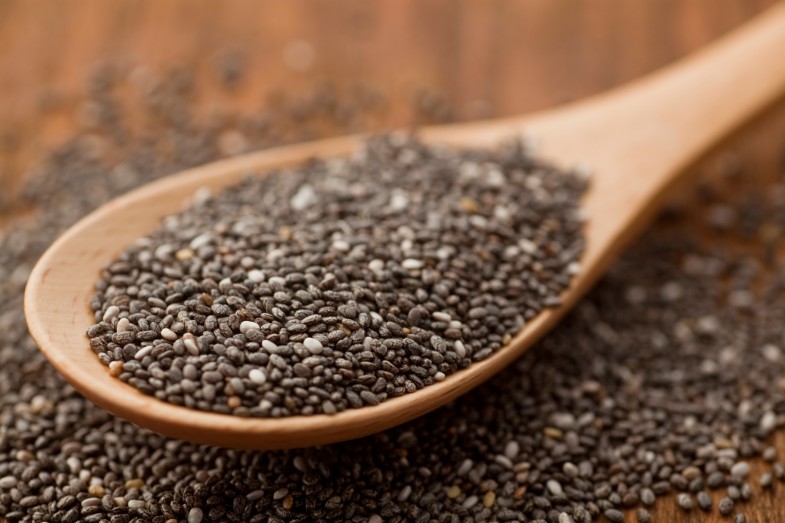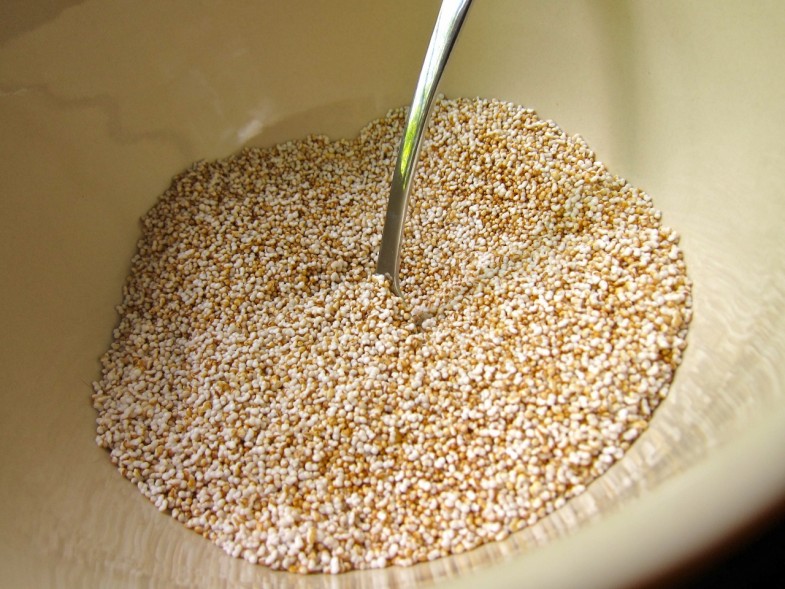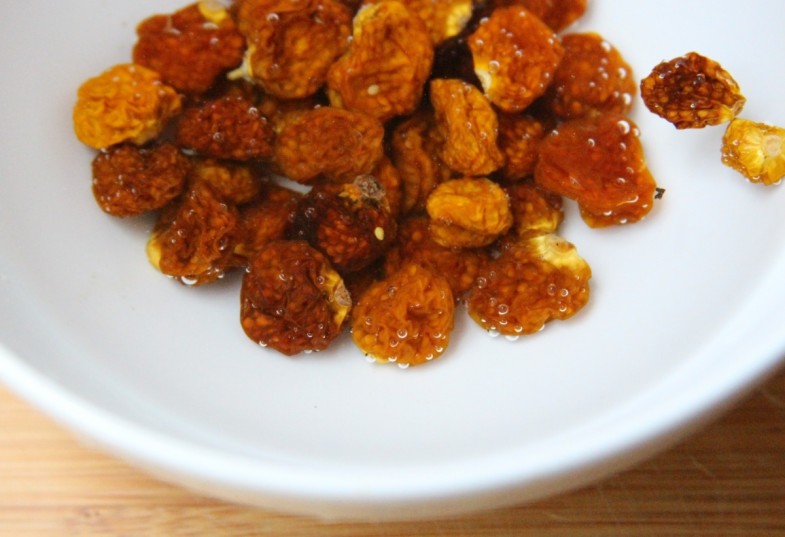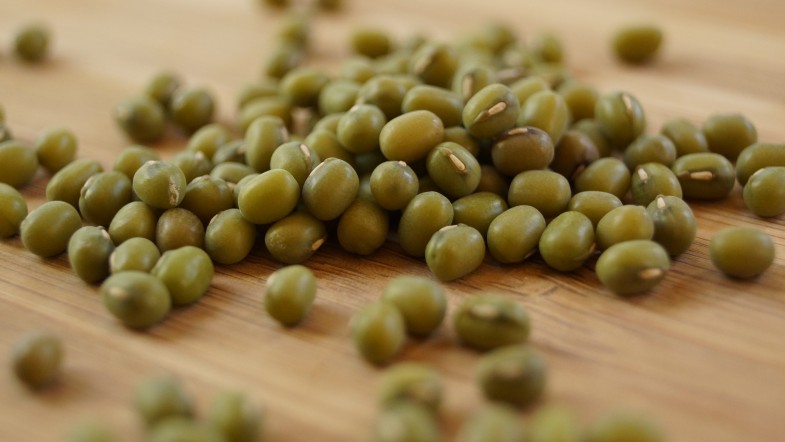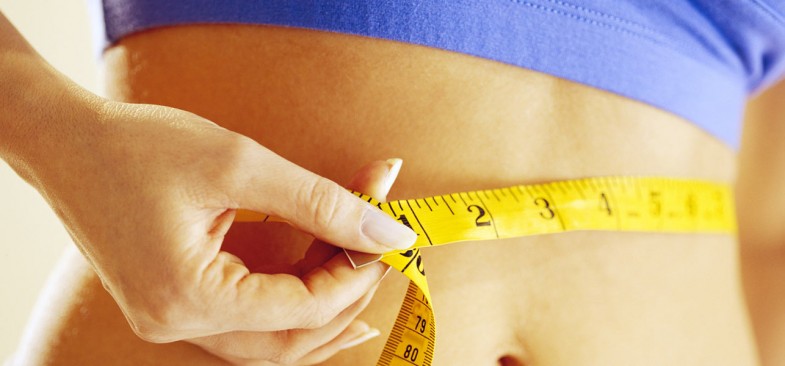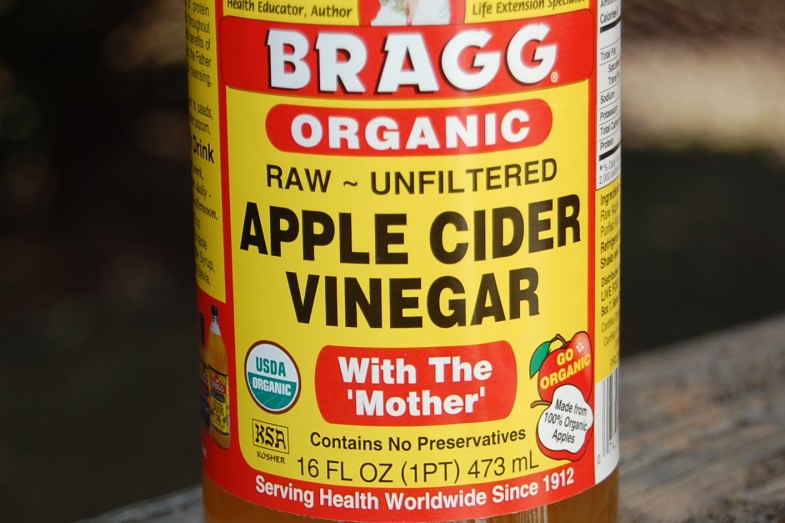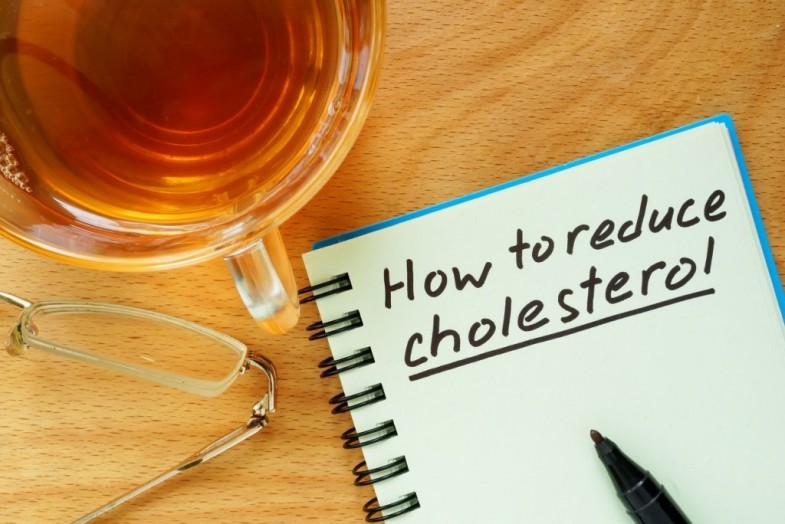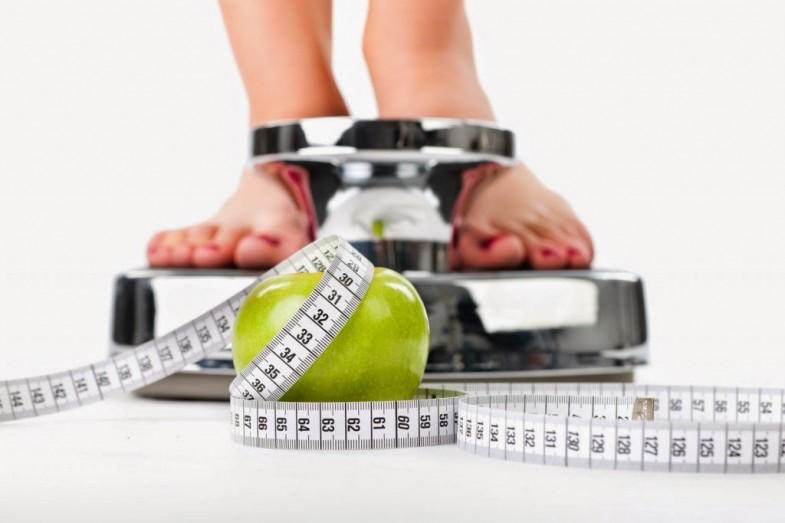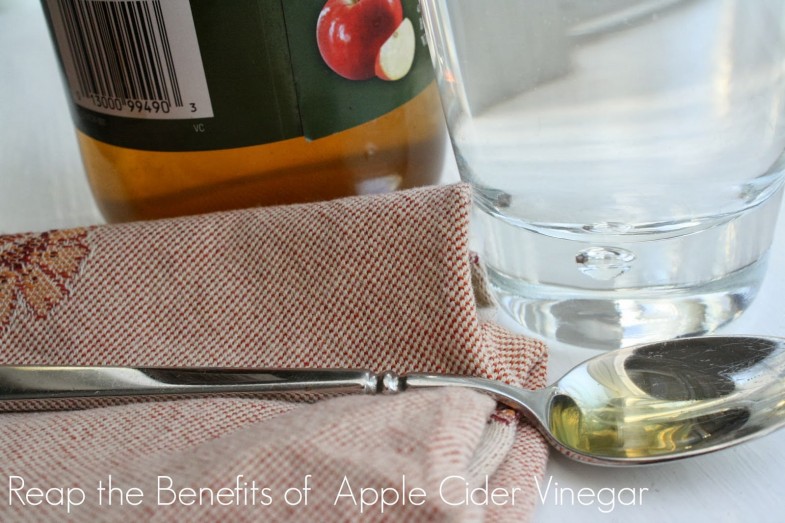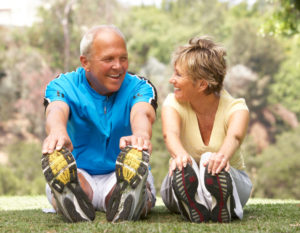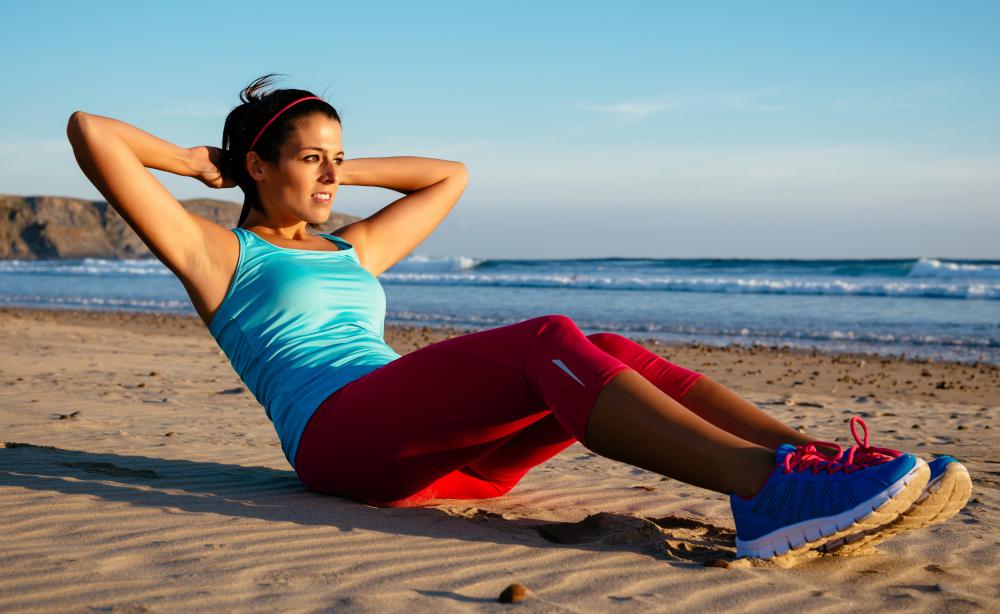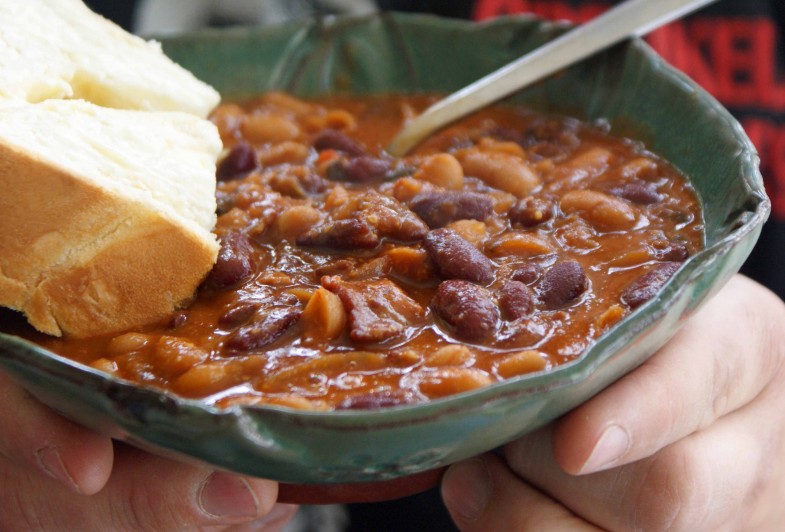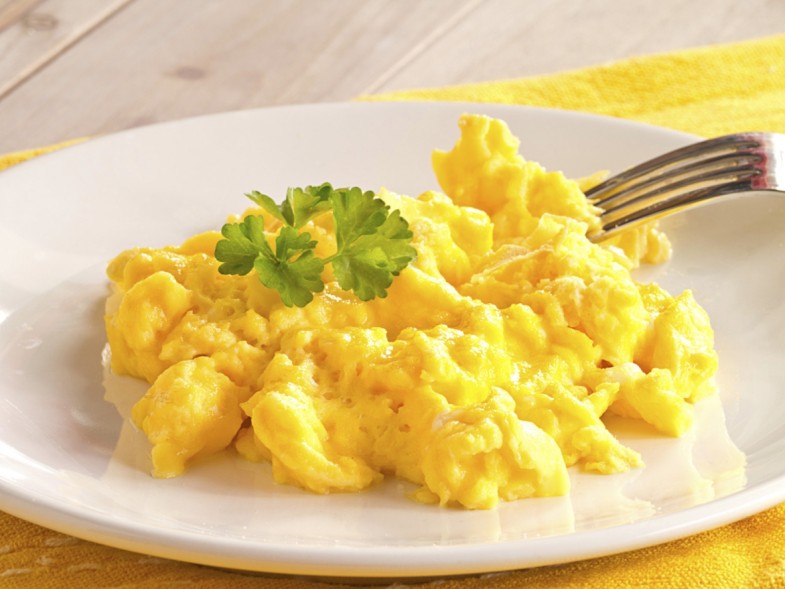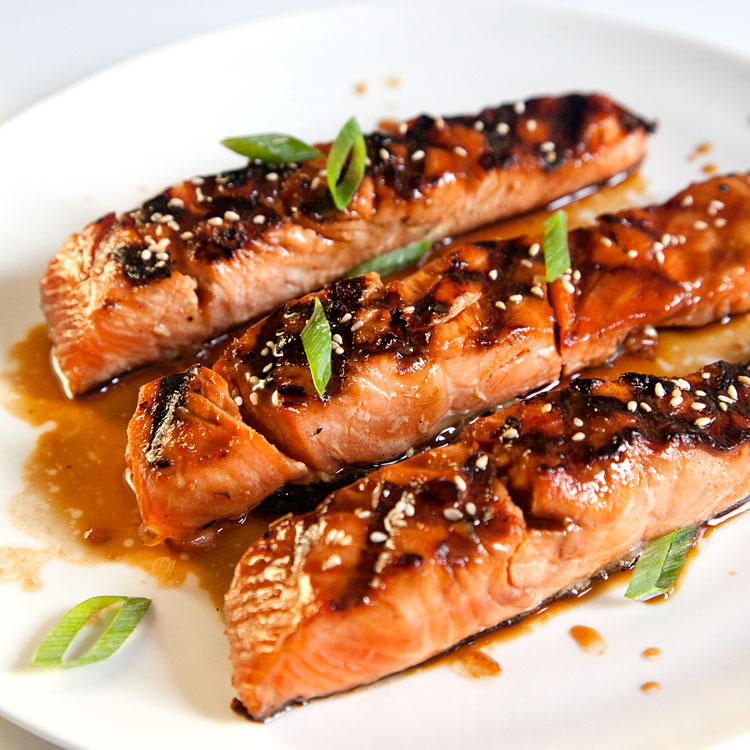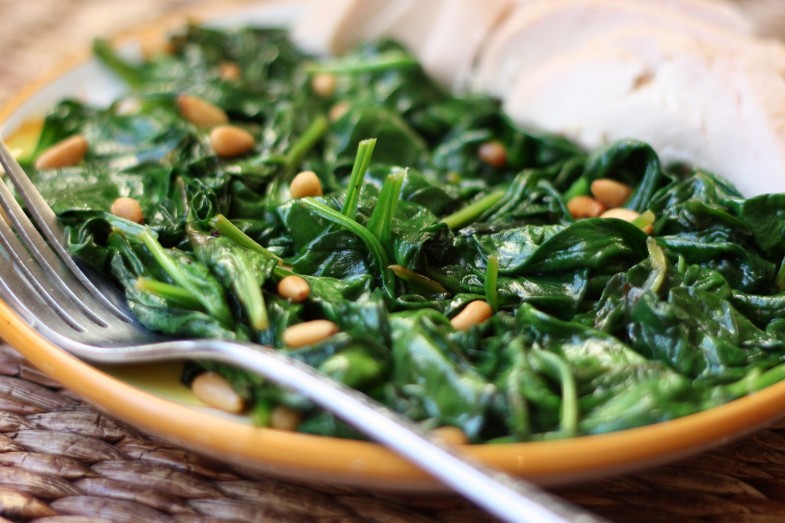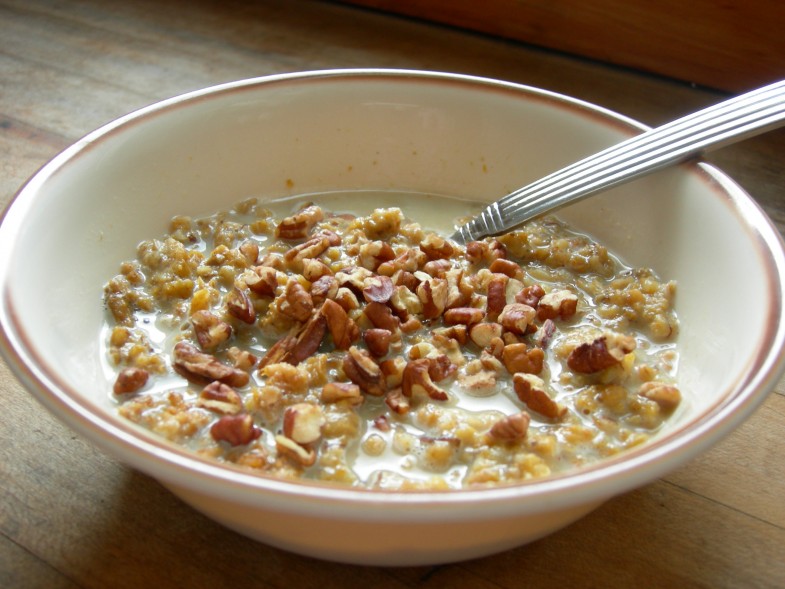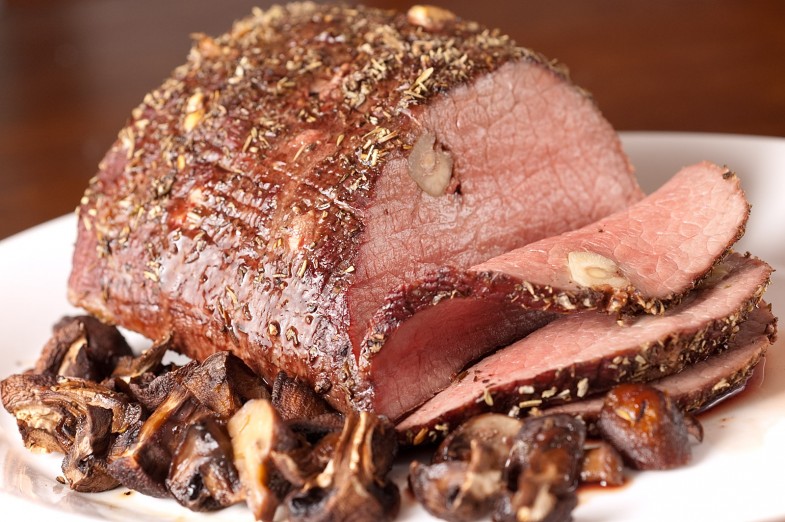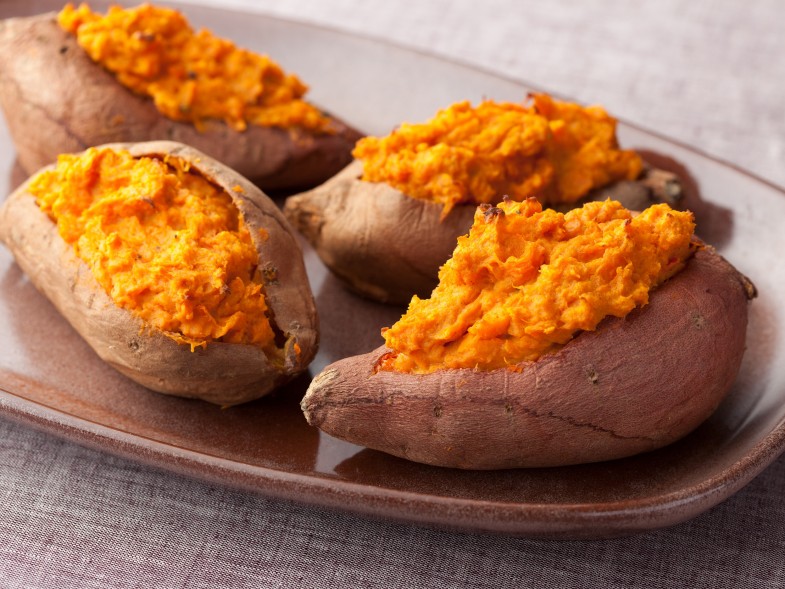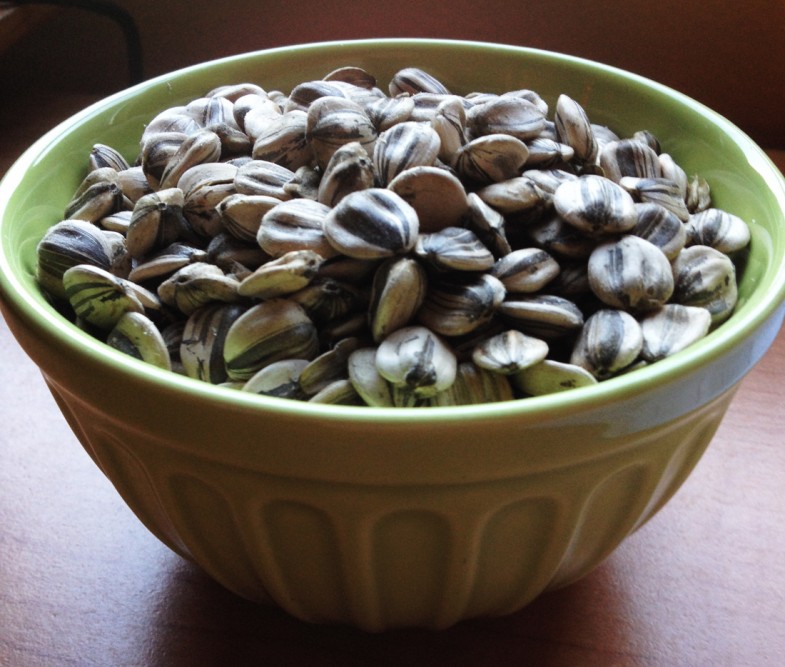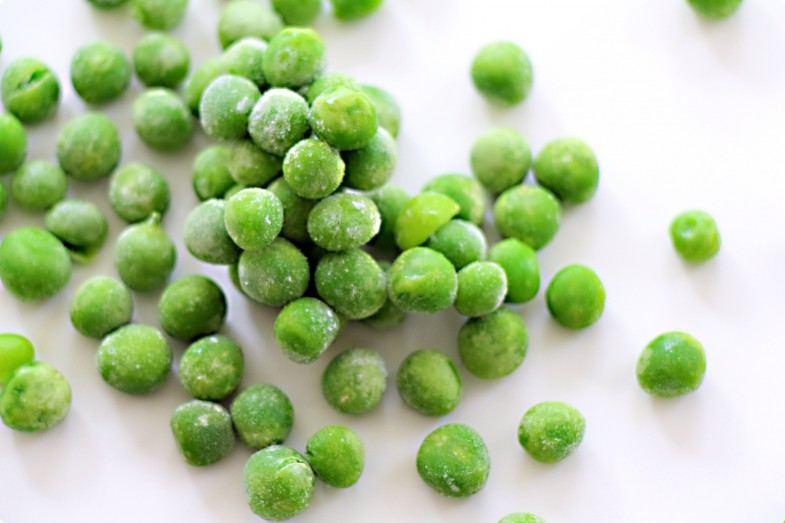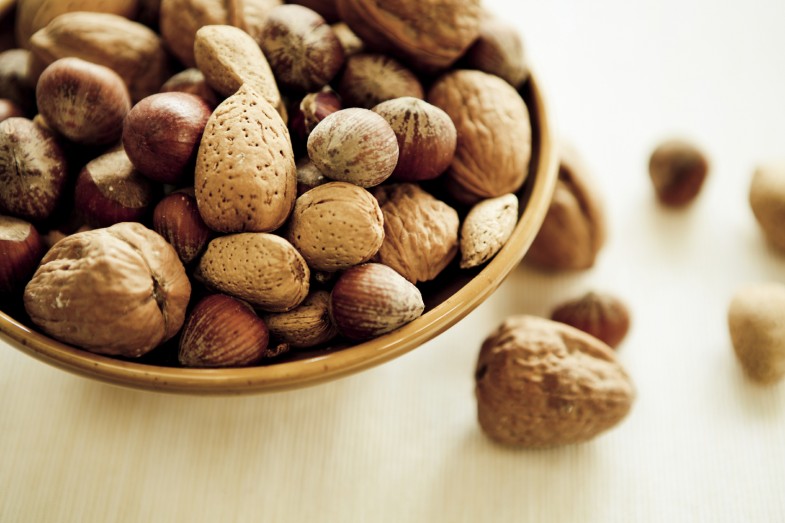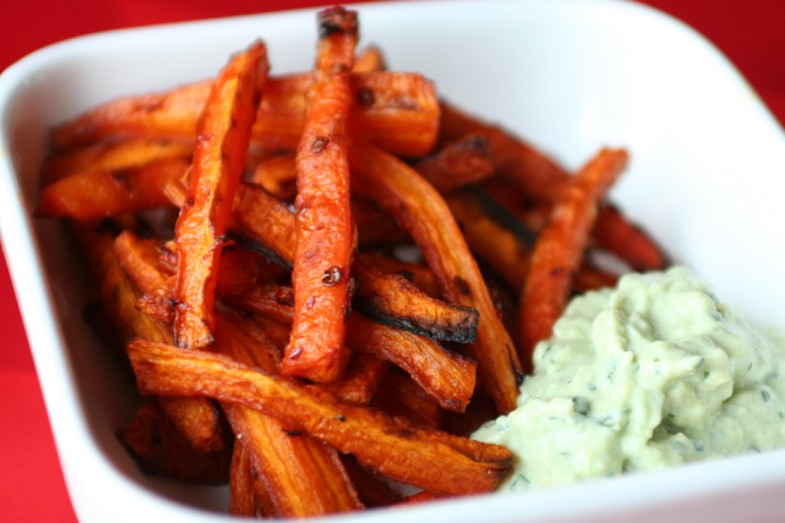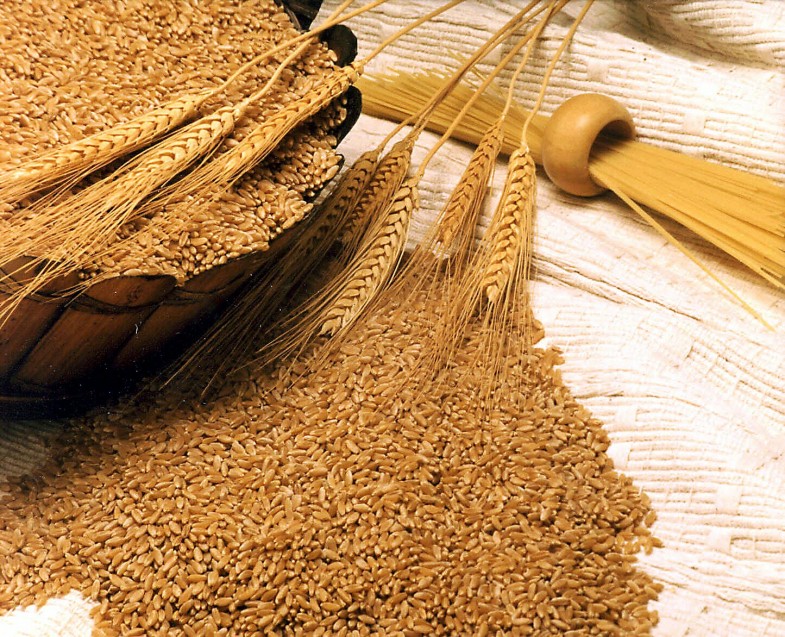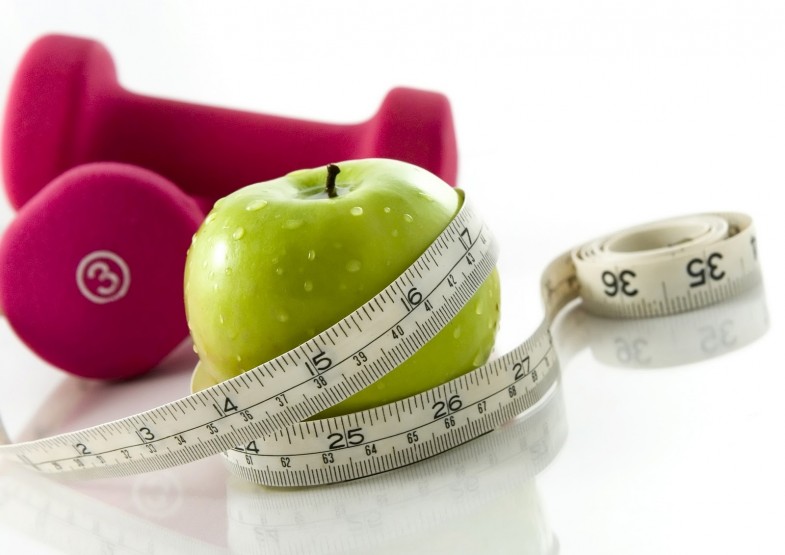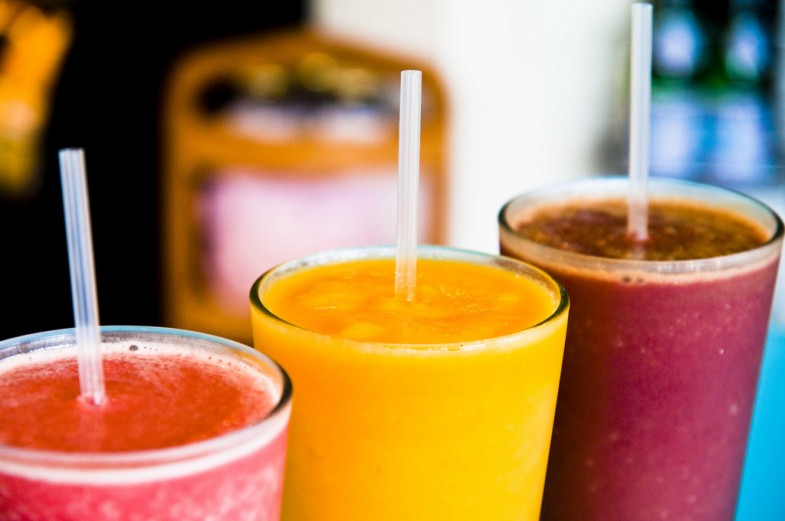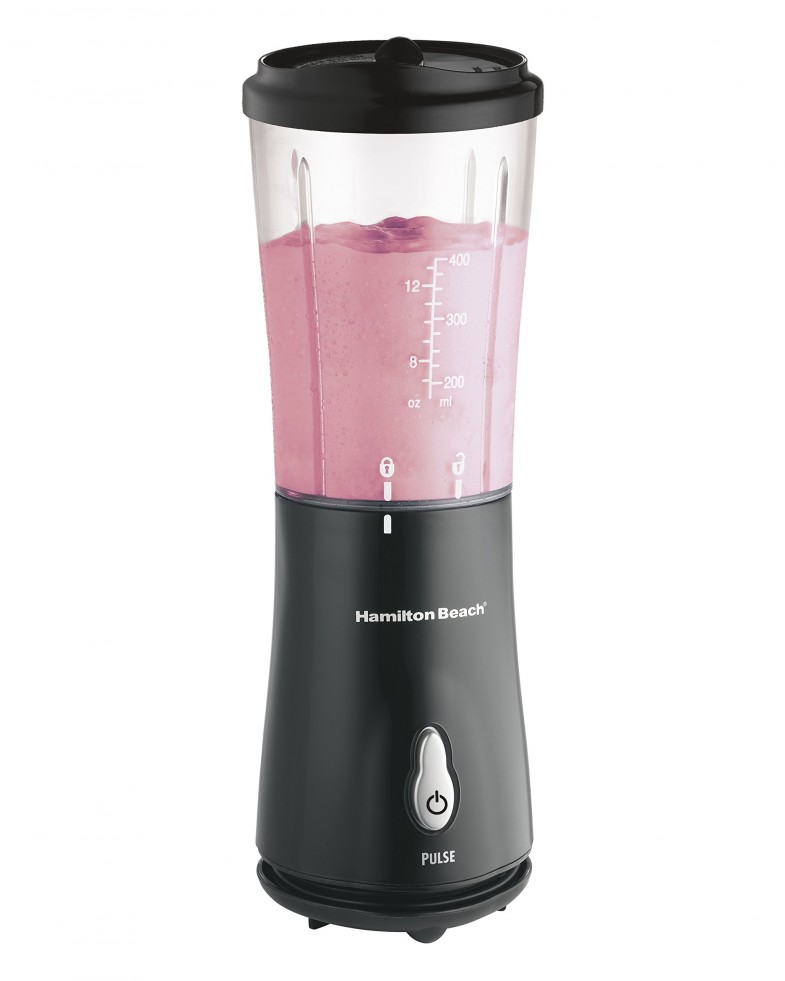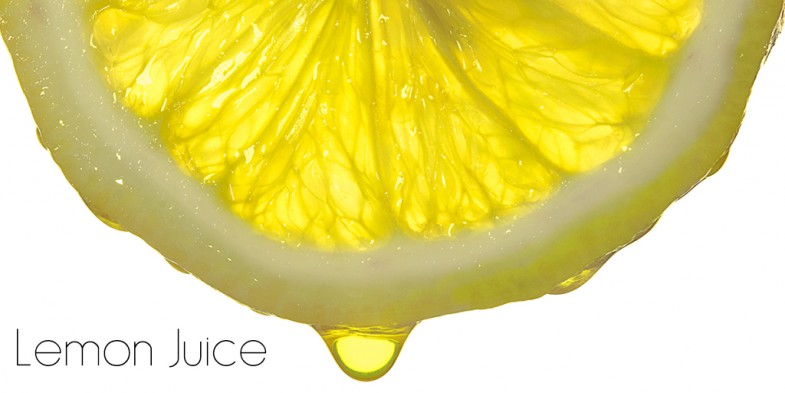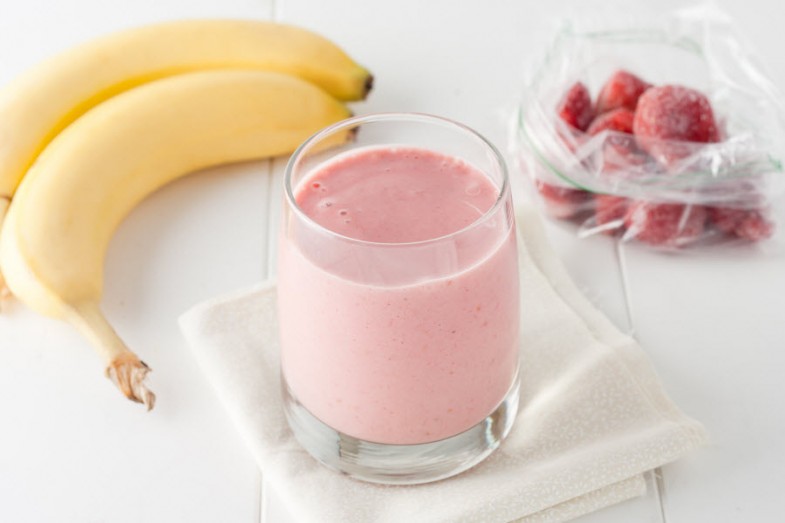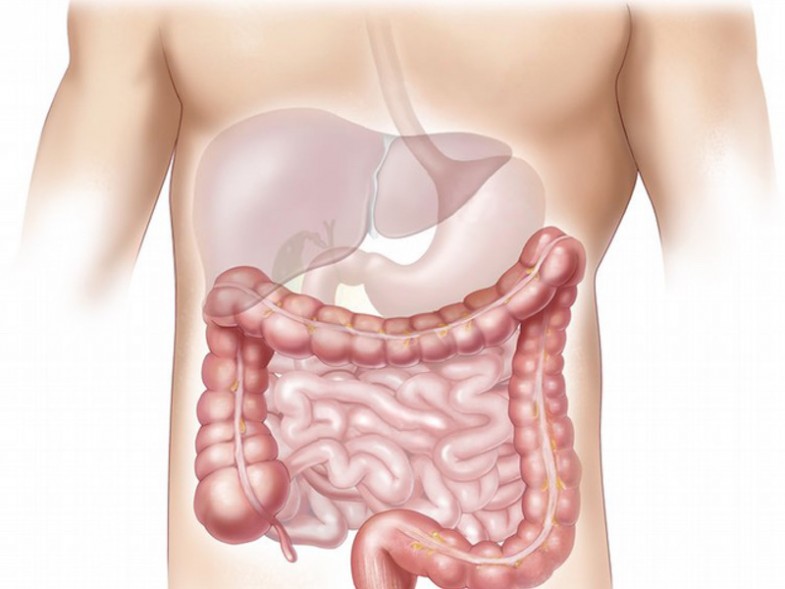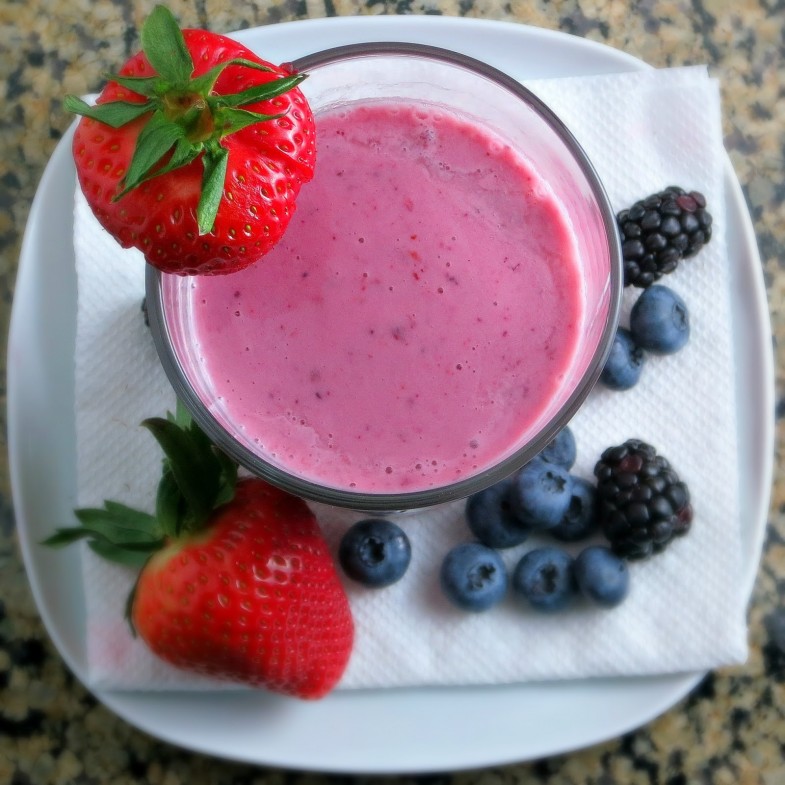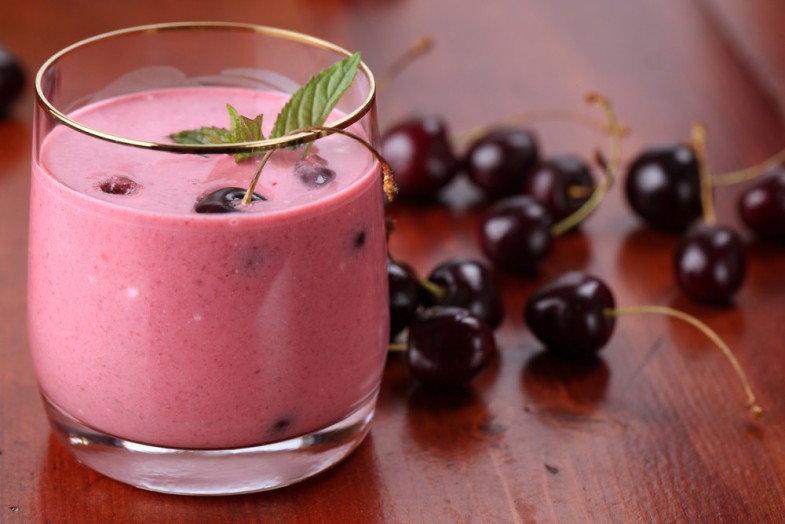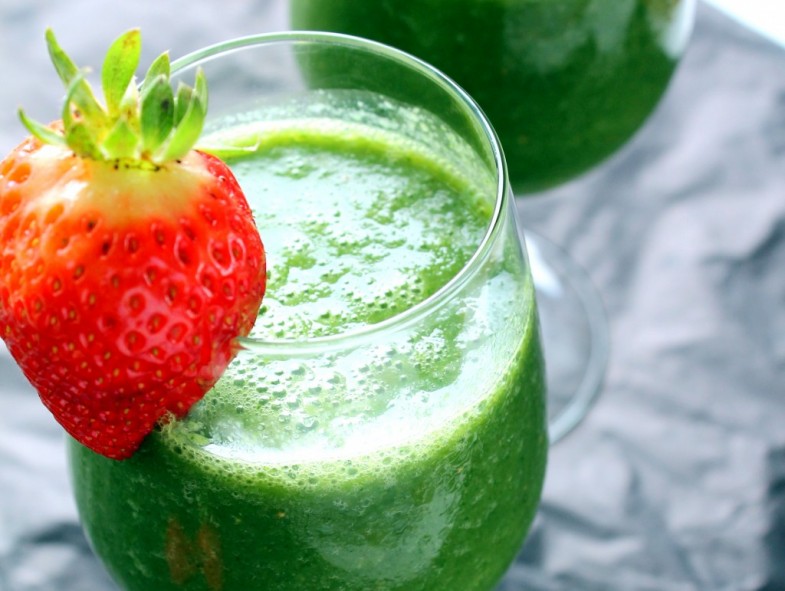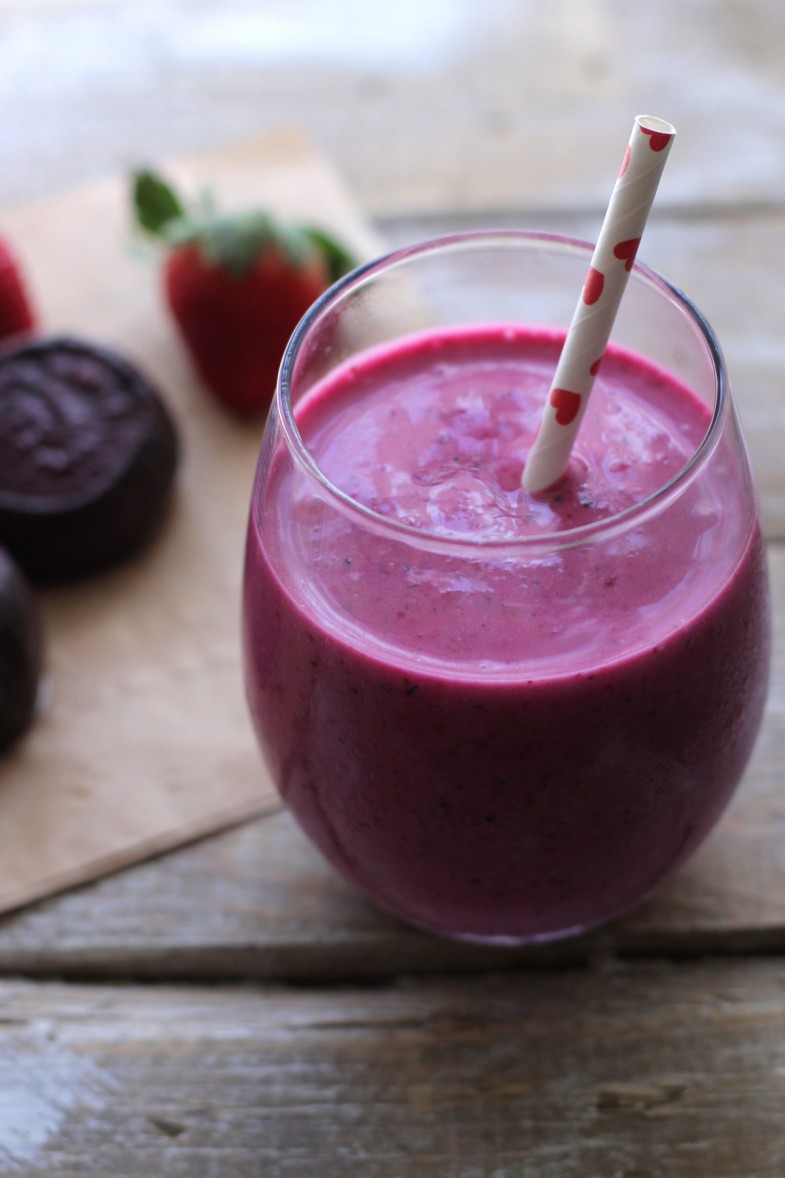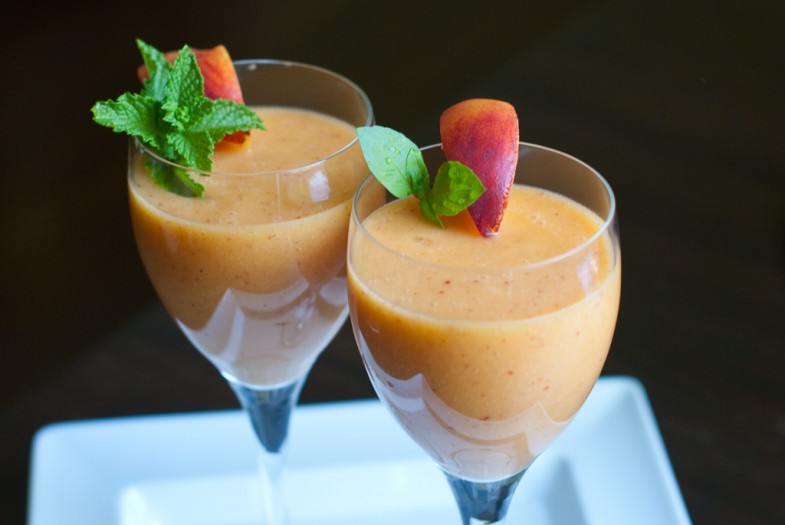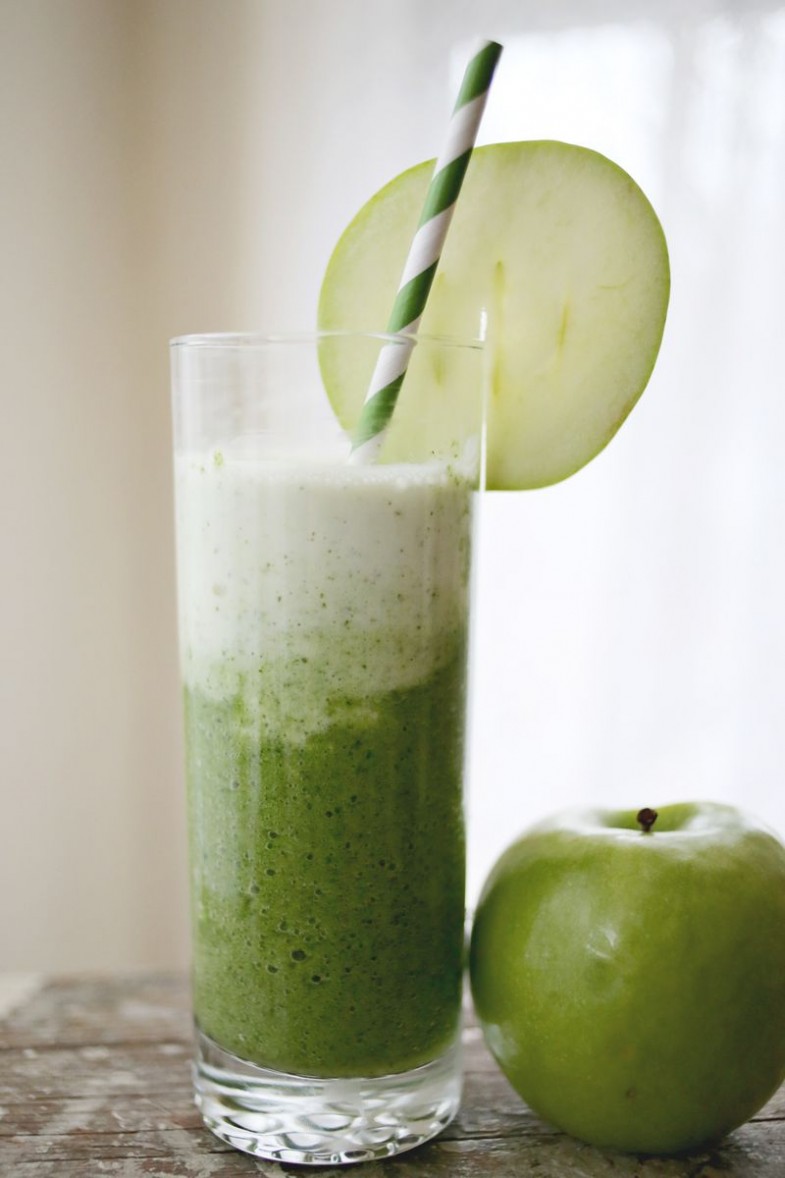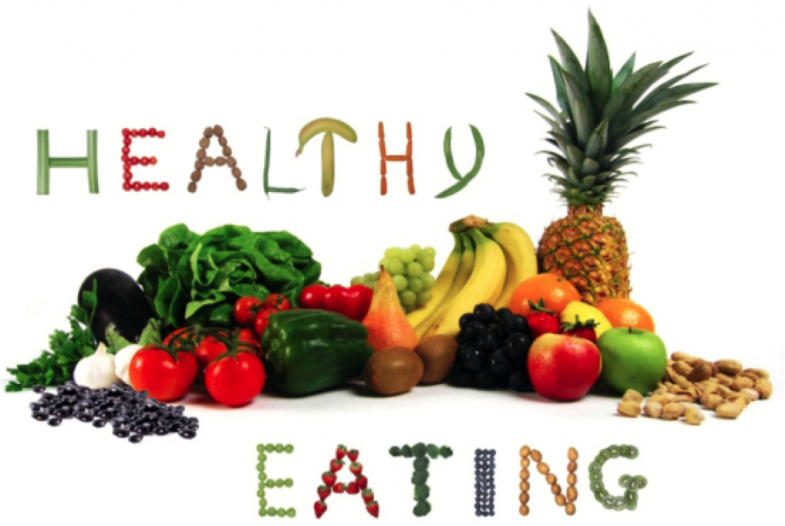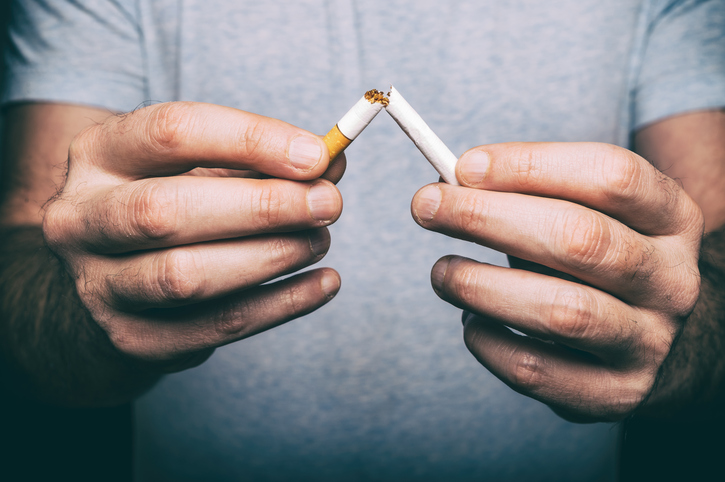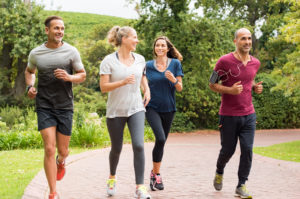
Running may reverse aging in certain ways while walking does not, a noteworthy new study of active older people finds. The findings raise interesting questions about whether most of us need to pick up the pace of our workouts in order to gain the greatest benefit.
Walking is excellent exercise. No one disputes that idea. Older people who walk typically have a lower incidence of obesity, arthritis, heart disease and diabetes, and longer lifespans than people who are sedentary. For many years, in fact, physicians and scientists have used how far and fast someone can walk as a marker of health as people age.
But researchers and older people themselves also have noted that walking ability tends to decline with age. Older people whose primary exercise is walking often start walking more slowly and with greater difficulty as the years pass, fatiguing more easily.

Many of us probably would assume that this physical slowing is inevitable. And in past studies of aging walkers, physiologists have found that, almost invariably, their walking economy declines over time. That is, they begin using more energy with each step, which makes moving harder and more tiring.
But researchers at the University of Colorado in Boulder and Humboldt State University in Arcata, Calif., began to wonder whether this slow decay of older people’s physical ease really is inexorable or if it might be slowed or reversed by other types of exercise and, in particular, by running.
Happily, Boulder has an unusually large population of highly active older people, so the scientists did not lack for potential research subjects. Putting the word out at gyms and among running and walking groups, they soon recruited 30 men and women in their mid- to late-60s or early 70s.
Fifteen of these volunteers walked at least three times a week for 30 minutes or more. The other 15 ran at least three times a week, again for 30 minutes or more. The runners’ pace varied, but most moved at a gentle jogging speed.
The scientists gathered all of the volunteers at the University of Colorado’s Locomotion Laboratory and had each runner and walker complete three brief sessions of walking at three different, steadily increasing speeds on specially equipped treadmills. The treadmills were designed to measure how the volunteers’ feet hit the ground, in order to assess their biomechanics.
The volunteers also wore masks that measured their oxygen intake, data that the researchers used to determine their basic walking economy.
As it turned out, the runners were better, more efficient walkers than the walkers. They required less energy to move at the same pace as the volunteers who only walked regularly.
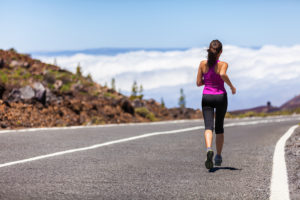
In fact, when the researchers compared their older runners’ walking efficiency to that of young people, which had been measured in earlier experiments at the same lab, they found that 70-year-old runners had about the same walking efficiency as your typical sedentary college student. Old runners, it appeared, could walk with the pep of young people.
Older walkers, on the other hand, had about the same walking economy as people of the same age who were sedentary. In effect, walking did not prevent people from losing their ability to walk with ease.
More surprising to the researchers, the biomechanics of the runners and the walkers during walking were almost identical. Runners did not walk differently than regular walkers, in terms of how many steps they took or the length of their strides or other measures of the mechanics of their walking.
But something was different.
The researchers speculate that this difference resides deep within their volunteers’ muscle cells. Intense or prolonged aerobic exercise, such as running, is known to increase the number of mitochondria within muscle cells, said Justus Ortega, now an associate professor of kinesiology at Humboldt University, who led the study. Mitochondria help to provide energy for these cells. So more mitochondria allow people to move for longer periods of time with less effort, he said.
Runners also may have better coordination between their muscles than walkers do, Dr. Ortega said, meaning that fewer muscles need to contract during movement, resulting in less energy being used.
But whatever the reason, running definitely mitigated the otherwise substantial decline in walking economy that seems to occur with age, he said, a result that has implications beyond the physiology lab. If moving feels easier, he said, people tend to do more of it, improving their health and enhancing their lives in the process.
The good news for people who don’t currently run is that you may be able to start at any age and still benefit, Dr. Ortega said. “Quite a few of our volunteers hadn’t take up running until they were in their 60s,” he said.
And running itself may not even be needed. Any physically taxing activity likely would make you a more efficient physical machine, Dr. Ortega said. So maybe consider speeding up for a minute or so during your next walk, until your heart pounds and you pant a bit; ease off; then again pick up the pace. You will shave time from your walk and potentially decades from your body’s biological age.
Source: well.blogs.nytimes.com

